How We Grow: What is Protected Agriculture?
Protected agriculture refers to the use of technology to modify the natural environment of vegetable crops in order to extend their growing season and produce higher yields. Controlled environment agriculture is another term for the cultivation of vegetable crops, often in greenhouses equipped with technology to achieve optimal growing conditions such as temperature, moisture, lighting, pest management and plant nutrition. Both methods often go hand-in-hand when it comes to producing more food on less land, in nearly any region of the world and on a year-round basis while minimizing threats from the external environment. Protected ag is ultimately about controlling the environment inside the structure to achieve higher yields. These advancements in agricultural technology are making it possible for farmers and farming organizations to feed a growing population, bolster the resiliency of the food system and provide sustainable methods of food production in the face of climate change.
Since greenhouses can be built almost anywhere on flat ground, protected agriculture makes it possible to localize food production, especially near urban areas that often lack adequate access to fresh, local food. High-tech greenhouses can achieve the same yield as traditional farms on 97% less land. By bringing the source of the production closer to the consumer, the food system is not structured around imports of internationally grown crops and is no longer vulnerable to disruptions such as climate disaster or travel restrictions. Local food production through the means of protected agriculture is more reliable, resilient, accessible, safe and sustainable by reducing the distance and duration of travel from harvest to homes. The Wageningen University and Research in the Netherlands, known as the premier agricultural research institution in the world, concludes that:
"the advantages of protected cultivation compared to outdoor production of vegetables have a mostly better product quality with higher input efficiencies of water, nutrients and crop protection agents. Moreover, protected cultivation is less dependent on the climate factor and ensures the delivery of products on time."
KFH Greenhouse, May 2020
In an ideal world, crop production would take place in areas that do not require environmental controls because they are suited for year-round crop production naturally, but unfortunately these areas are becoming increasingly rare in today's world. The value of protected agriculture comes through cultivation of an indoor environment that is in harmony with the optimal natural environment for our crops in order to extend the growing season, achieve a consistently high yield, and ensure food safety and quality. Protection measures for conventional crop production often mean reliance on pesticides, herbicides, and chemicals that may undermine soil health and individual health. Protected agriculture eliminates the need for excessive use of chemicals through environmental controls, optimizes the growing environment and insulates crops from seasonal fluctuations in the external environment to achieve a more consistent yield of better tasting and better-for-you crops.
“This increased performance of high-tech greenhouses versus traditional agriculture could end up being what tips the scale in the future of American agriculture.”
As land and water resources become unsuitable for conventional production due to pollution, degradation, and depletion, the promise of protected ag to revolutionize the industry grows. By increasing crop yield on a significantly smaller and more localized area of land relative to the end consumer, protected ag becomes much more land-efficient than its conventional counterpart and meets the needs of a growing population that increasingly lacks access to fresh, local, healthy food. Protected ag also has the benefits of data-driven efficiency and optimization through software platforms such as the one built by InData specifically for Kentucky Fresh Harvest to monitor every stage of growth from seed to harvest and report critical data. At a time when agriculture accounts for 10% of U.S. carbon emissions, the industry will play an essential role in any strategy that seeks to curb future emissions and slow the rise of global temperatures. While protected ag need not be relied upon to feed the entire world in the coming years and decades, it certainly will be counted on to show us a way forward in living within a more sustainable, healthy, and resilient paradigm.
““Developing a more diverse set of crop solutions is essential to the success of growers, consumers, and the well being of the planet.” ”



